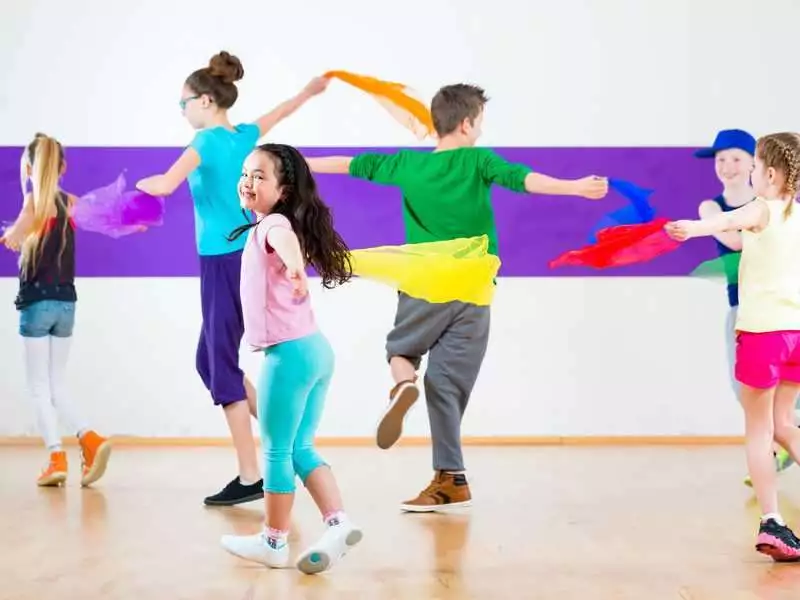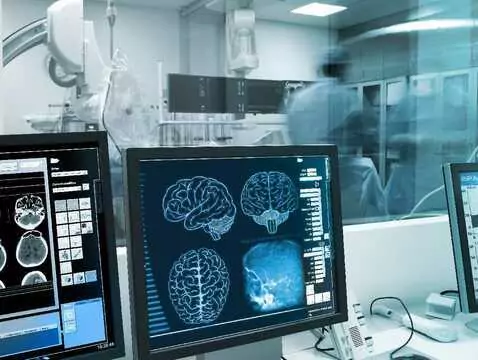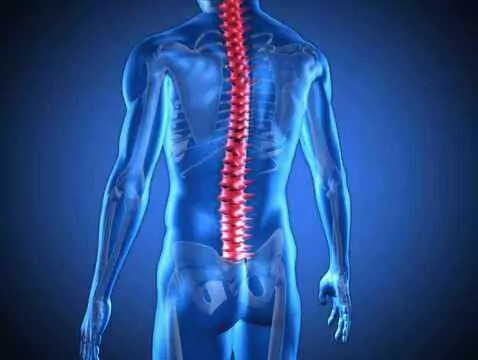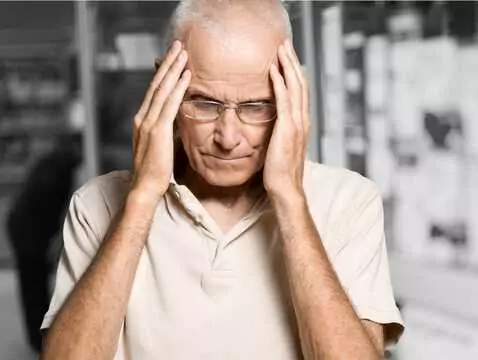In order to become familiar with child development and the methods used to study it, it is necessary to familiarise oneself with the concepts that characterise development. Harmonious, disharmonious, periods and age of development - these uncertainties are explained in the following article, which begins a series on child development.
Psycho-physical development
The psycho-physical development of thechild is divided into stages - stages that depend on chronological boundaries:
- infancy stage: from birth to 12 months,
- post infancy stage: 2 and 3 years of age,
- pre-school stage from 3 to 7 years of age,
- pre-school stage from 7 to 12 years of age,
- adolescence from 12- 13 and up to 17-18 years of age,
- adolescence from 17- 18 to 24 years of age.
In each period there are changes in the child's consciousness, in the forms of perceiving, thinking and remembering. There are also changes in the child's activity, that is, in action and behaviour. During each period there are also changes in the educational impact on the child.
An important concept in considering the development of the child is the child's mental maturity, i.e. the totality of the child's characteristics at a given age that are well adapted to the demands of the environment. Mental maturity can be achieved most quickly in mental development. Mental development, also known as cognitive development, is divided into:
- The period of sensorimotor intelligence, which lasts from birth to 24 m of age. This intelligence manifests itself in motor activity and manipulation of objects.
- The period of concrete operations, from 2 to 11 years of age
- sub-period of pre-operative imaginations. Use of speech, imitation of adult actions,
- sub-period of the formation of concrete operations. This intelligence manifests itself in the child's views and concrete pictorial operations.
- Period of formal operations, from 7 to 15 years of age. The child grasps the world in a logical way, makes hypotheses, takes into account known laws, thinks before carrying out a task. After cognitive development comes emotional development. The aim of this development is to achieve cognition and to move fluidly in terms of social, moral, aesthetic, intellectual feelings. Maturity in this area should be associated with emotional intelligence, i.e. the expression of feelings with restraint, moderation, dignity, control over their expression, the ability to defer an affective reaction. Emotional maturity is not synonymous with emotional frigidity. If a person is able to defer or control emotions, it does not mean that they do not experience them.
At the latest, a person reaches social maturity. This usually happens from. 20 years of age. This happens at the point of independence, self-reliance and self-determination.

photo: panthermedia
The development of the child's psyche is linked to the development of cognitive, emotional, motivational and executive processes. Therefore, psychology considers the development of the child psychomotor. The concept of psychomotor development is understood to be closely linked to the psyche, the totality of cognitive and motivational activities. This indicates the strength of the links in the case of developmental disorders. For example, an infant's thinking does not exist as an isolated process, but is entangled with action. When a child thinks it is not passive, but moves and manipulates. In the early preschool years, this thinking manifests itself in wordless problem-solving activities. The child moves a stool or pulls a napkin off a table in order to obtain an object.









